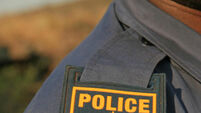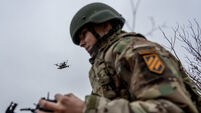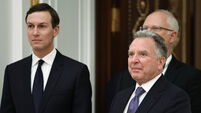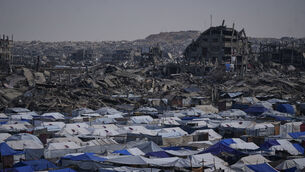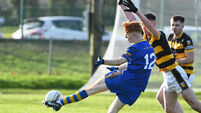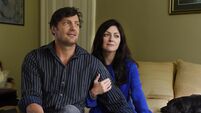20 killed in Syria despite vow to end crackdown
Most of the violence was in the southern province of Deraa where the uprising against Assad erupted in March, triggering a harsh response in which UN investigators say Syrian forces may have committed crimes against humanity.
“Bye-bye Bashar; See you in The Hague,” chanted protesters in the central city of Homs, waving their shoes in a gesture of contempt. “We want revenge against Maher and Bashar,” shouted others, referring to the Syria leader and his powerful brother.







